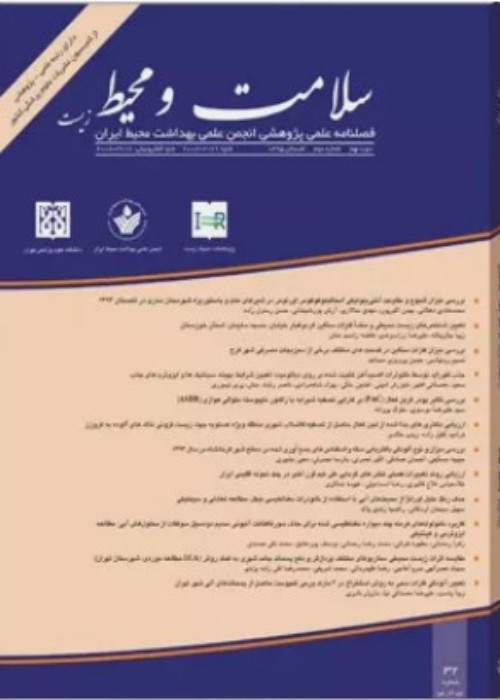Evaluation of the input, process, and output of the educational programs in health educational institutions: a cross-sectional study in Shiraz
Increasing the level of health awareness of food preparation and distribution staff can have a direct impact on improving the level of public health in the community. Education can change people's knowledge, attitudes, and practices. Health education courses that provide integrated education as well as to other education systems, include educational inputs, processes, and outputs. The objective of this research is to evaluate these elements of the educational system of health education courses in Shiraz.
The current study evaluated the educational input, process, and output of 7 current health education institutions in Shiraz. Factors that influence the input of educational courses were evaluated using an inspection checklist of health education courses, the educational process was measured employing a satisfaction survey, and the educational output was assessed through a checklist of inspection of Article 13 of the Regulations. The health performance of 160 guild health certified units and 160 uncertified education units was analyzed as a criterion for effectiveness. Data were analyzed using the IBM SPSS21 software. Data related to the assessment of the input and educational process were analyzed using the Spearman correlation coefficient. Mann-Whitney and Kruskal-Wallis non-parametric statistical tests were also used for cross-group comparisons of output evaluation data.
The findings of the educational input evaluation showed a strong correlation and a significant relationship between the overall evaluation score of the educational courses and the "observation" (0.96) "educational course principal" (0.94). Also, in the process evaluation, the "educational environment" and "general educational programs" with correlation coefficients of 0.99 and 0.84 had the most correlation with the overall process evaluation score. In all the health fields studied, there was a significant difference (p = 0.001) between the average score obtained for educational courses with and without certificates. There was a significant difference (p <0.0001) between the mean score obtained by public health with and without health certification. The average score obtained by the certified public and non-public places was 91.81 and 70.71, respectively.
Health education can have a major impact on people's health performance. Some of the elements that make up the educational output have a greater impact on achieving the desired educational output. For example, the revision and updating of the educational content and the development of the educational program according to all groups of learners can improve the performance of the learning process and the satisfaction of learners.
- حق عضویت دریافتی صرف حمایت از نشریات عضو و نگهداری، تکمیل و توسعه مگیران میشود.
- پرداخت حق اشتراک و دانلود مقالات اجازه بازنشر آن در سایر رسانههای چاپی و دیجیتال را به کاربر نمیدهد.



